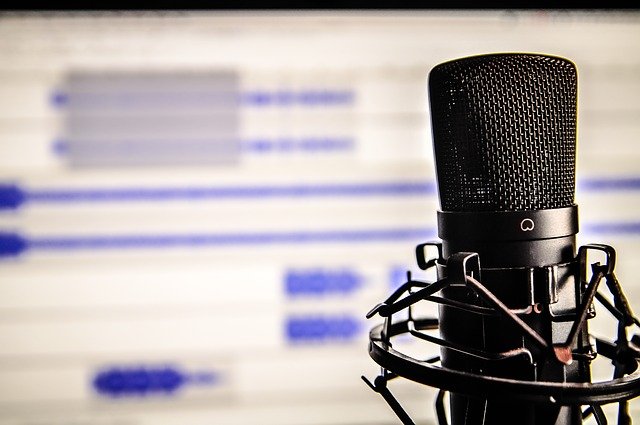When it comes to podcasting, there are many different pieces of podcast studio equipment that can be used. This post will take you through the podcast recording gear that is necessary for a podcast studio and provide information on what each piece does. You’ll also learn how to choose the correct podcast recording gear for your particular needs!
Table of Contents
What is a Podcast Studio
A podcast studio is a space that is specifically designated for the purpose of recording podcasts. The studio will usually have soundproofing to ensure that exterior noise doesn’t interfere with the recording, and it will also have equipment that is necessary for recording (microphones, sound boards, etc).
Many podcasters choose to record their podcasts in their own homes, but if you’re looking to take your podcasting game up a notch, then investing in your own podcast studio may be the way to go. Not only will this give you better quality recordings, but it will also make you look like a bona fide professional!
How to Choose the Right Studio Equipment for Your Needs
When choosing podcast studio equipment, the first thing you need to consider is your budget. Fortunately, there are a variety of affordable options available, from simple recording devices to more sophisticated setups that include mixers and software.
The next thing to think about is what type of content you plan to produce. If you’re just starting out, a basic recording device will likely be sufficient. However, if you plan to create more complex audio productions, you’ll need a mixer and other accessories.
Finally, you’ll want to consider the size and layout of your workspace. If you don’t have much space available, consider a compact setup that doesn’t require a lot of gear. Or if you have plenty of room, go for something more elaborate.
The Different Types of Audio Recording Gear You’ll Need
1. Microphone – There are three types of microphones to choose from for podcasting, each with its own benefits and drawbacks.
Dynamic microphones are usually the best option for podcasting because they’re durable and produce a clear sound. Condenser microphones are more sensitive than dynamic microphones, so they produce a higher quality sound but they can also be more fragile. Ribbon microphones are the least common type of microphone and they’re best used for recording acoustic instruments.
2. Audio interface – An audio interface is a piece of equipment that connects your microphone to the computer. This is an important piece of equipment for anyone who wants to start a podcast because it allows you to record your voice directly into the computer.
There are a number of different audio interfaces on the market, and it’s important to choose one that is compatible with the software you plan to use for recording. Many audio interfaces come with their own software, or they are compatible with popular software such as Adobe Audition or Garageband.
3. Mixer – A mixer takes two or more signals and provides a new signal that has elements from both original signals. The inputs often come from sound devices such as microphones, guitar amplifiers, or multitrack recorders such as tape machines by using (for example) the microphone input to give the person playing electric bass guitar amplification through an electronic device known as a bass amplifier.
4. Headphones or speakers – There are a few factors to consider when deciding between headphones or speakers for recording and listening purposes. Headphones offer a more isolated and personal listening experience, while speakers provide a more immersive soundscape. Additionally, headphones can be used in close proximity to the microphone for better vocal recording, whereas speakers should be kept at a distance to avoid unwanted noise interference.
5. Computer software (DAW) – A digital audio workstation (DAW) is a computer software application used for recording, editing, and producing digital audio files. A DAW may also offer functions such as MIDI sequencing, vocal tuning, and beat detection.
When it comes to podcasting, you’ll want to make sure your DAW has some good built-in audio effects to help clean up your podcast’s sound. You’ll also want to be able to easily export your final product in the desired format(s) so that you can share it with the world.


